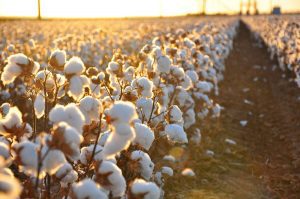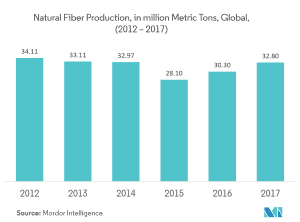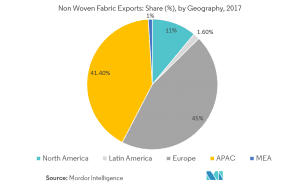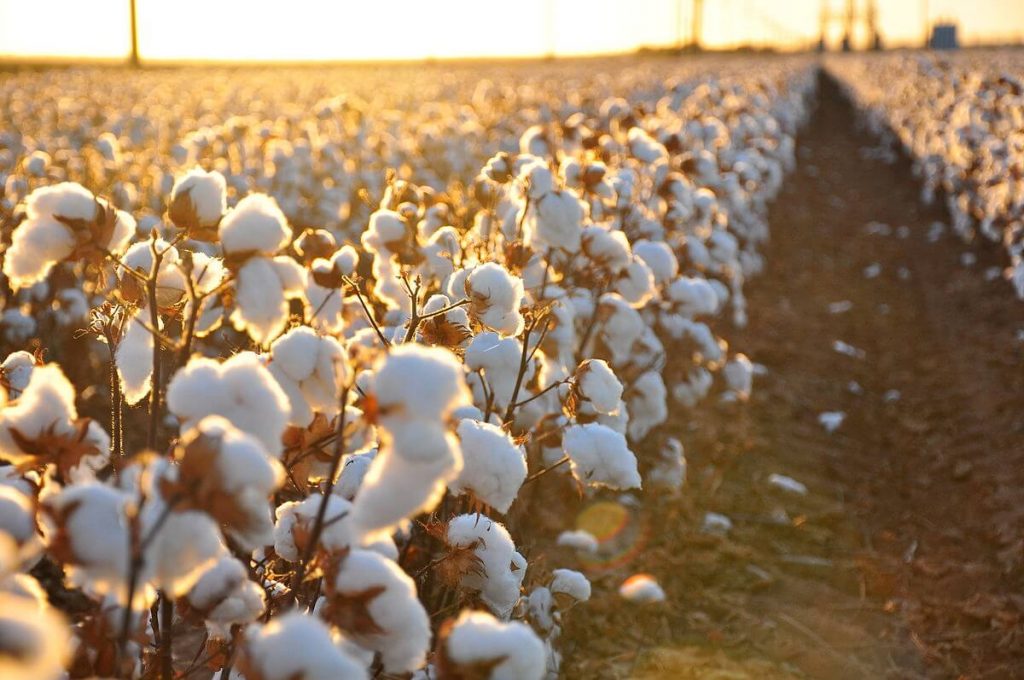
Key Market Trends In The Global Textile Industry
As the global textile industry undergoes profound changes in almost every layer of the supply chain, a new report has identified the main key trends for the next years including rising demand for natural fibers and a deeper focus on hygienic products. Let’s take a look at the global textiles industry key market trends according to the latest Mordor Intelligence research.
As we pointed out in a recent article where we provided an overview of the global textile industry, the global textile industry was estimated to be around USD 920 billion in 2018, and it is projected to witness a CAGR of approximately 4.4% during the forecast period to reach approximately USD 1,230 billion by 2024.
The textile industry is an ever-growing market, with key competitors being China, the European Union, the United States, and India. China is the world’s leading producer and exporter of both raw textiles and garments. The United States is the leading producer and exporter of raw cotton, while also being the top importer of raw textiles and garments.There are many developing countries ready to crack or climb this list in the near future as their investment into the textile or garment industry increases. Countries such as Pakistan, Sri Lanka, Samoa, and a number of South American countries have seen considerable growth in their textile markets in recent years. As China moves towards a service-based economy, and labor prices continue to rise, it is logical to assume many garment producers will move away from China and into developing markets where labor is cheap and readily available.
The textile industry of the European Union comprises Germany, Spain, France, Italy, and Portugal at the forefront with a value of more than 1/5th of the global textile industry, and it is currently valued at more than USD 160 billion.
India is the third-largest textile manufacturing industry and holds an export value of more than USD 30 billion. India is responsible for more than 6% of the total textile production, globally, and it is valued at approximately USD 150 billion.
Key Market Trends in The Global Textile Industry
As the research pointed out, there is an increasing demand for natural fibers. Natural fiber composites are relatively lighter and have more strength than conventional fibers, and therefore, find extensive application in the automotive industry for interior and exterior applications.
Natural fibers obtained from plants and animals include cotton, silk, linen, wool, hemp, jute, and cashmere. These fibers are widely used to manufacture garments, apparel, construction materials, medical dressings, and interiors of automobiles, among others.

Natural Fiber Production, in million Metric Tons, Global. Source: Mordor Intelligence
The abundance of natural fibers, especially cotton, in China, India, and the United States, is contributing significantly to the growth of the global textile market. Silk is used in upholstery and apparel, as it is available in both variations fine as well as coarse. Wool and jute are used as textile materials for their resilience, elasticity, and softness.
The increasing consumption of natural fibers, such as cotton, silk, wool, and jute, will drive the global textile market during the forecast period.
Another market trend is the shifting focus toward non-woven fabrics.
Increasing birth rate and aging population has contributed to the growing demand for hygiene products, such as baby diapers, sanitary napkins, and adult incontinence products, which, in turn, is expected to fuel the demand for non-woven fabrics.
Nonwovens are used in road construction in the form of geotextiles to increase the durability of roads. Low maintenance costs associated with nonwovens are expected to fuel its demand in construction applications.

Non Woven Fabric Exports Share. Source: Mordor Intelligence
The positive outlook of the automobile and transportation industry, globally, is further expected to propel growth for the non-woven fabric market over the next six years. The automobile industry manufactures a large number of exterior and interior parts using non-woven fabrics owing to its durability.
Rapid industrialization and recent innovations in the field of textile technology are other factors fueling demand for non-woven fabrics, globally.











